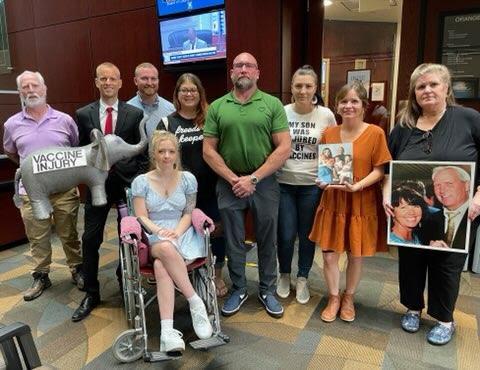PUNTA GORDA, Fla.–Surrounded by a group of recent nursing school graduates of Seminole State College, Gov. Ron DeSantis announced $125 million in funding to help nursing education and fight the nursing shortage in Florida.
“You have opportunities in that profession to impact a lot of people in a positive way,” DeSantis said. “You really are making a difference.”




